Now that the 80s have gradually grown old, the chances of getting in touch with new things are not as good as after 90s. After 80s, audiophiles have put too much energy into the family. As some friends after 90, they are very obsessed with audio. I also keep a serious attitude towards new things. The author's article will give some friends who have just touched the audio a general understanding.

Audio is a term of art. All sounds that humans can hear are called audio. It may include noise. After the sound is recorded, whether it is talking, singing, or musical instrument, it can be processed by digital music software, or it can be made into a CD. At this time, all the sounds have not changed, because CD is originally a type of audio file. And the audio is just the sound stored in the computer.
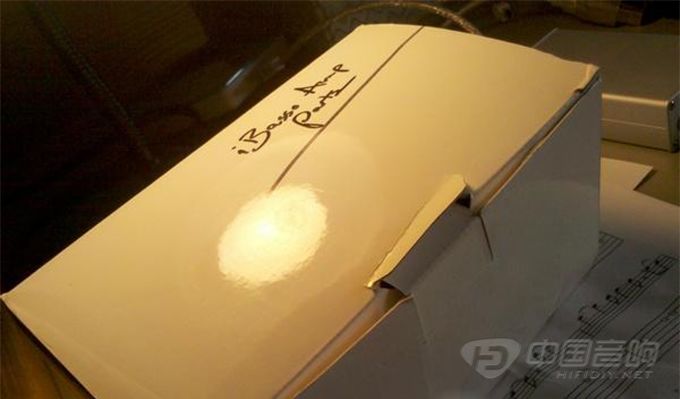
If there is a computer plus the corresponding audio card is the sound card we often say, we can record all the sounds, and the acoustic characteristics of the sound, such as the level of the sound, can be stored in the form of computer hard disk files. Conversely, we can also play the stored audio files with a certain audio program to restore the previously recorded sound.
What is an audio attribute?
In the rapid development of this digital era, many people have made great contributions in order to produce excellent sound quality. With the advent of the digital age, digital signals have become superior to analog signals.
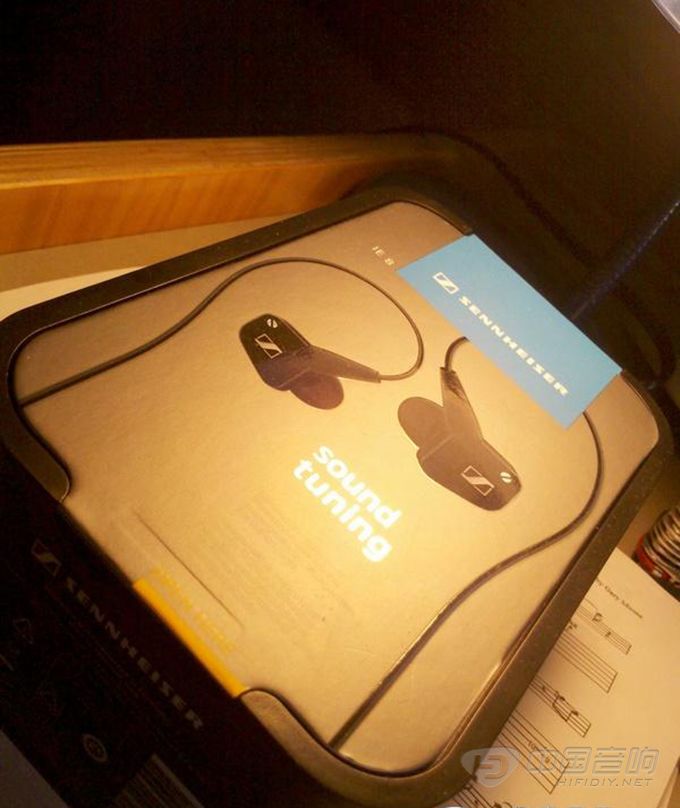
What is an analog signal?
In fact, any sound we can hear through the audio line or microphone is a series of analog signals. The analog signal is what we can hear. The digital signal uses a bunch of digital marks (actually only binary 1 and 0) to record the sound, rather than using physical means to save the signal (using ordinary tape recording is a physical way). We can't actually hear the digital signal.
Ready? The era of simulation
In this way, we can briefly compare the difference between the recording production in the analog era and the digital age: the analog era is to physically record the original signal onto the tape (of course in the studio), then process, splicing, modifying, and finally recording. To tapes, LPs and other listeners can appreciate the carrier.
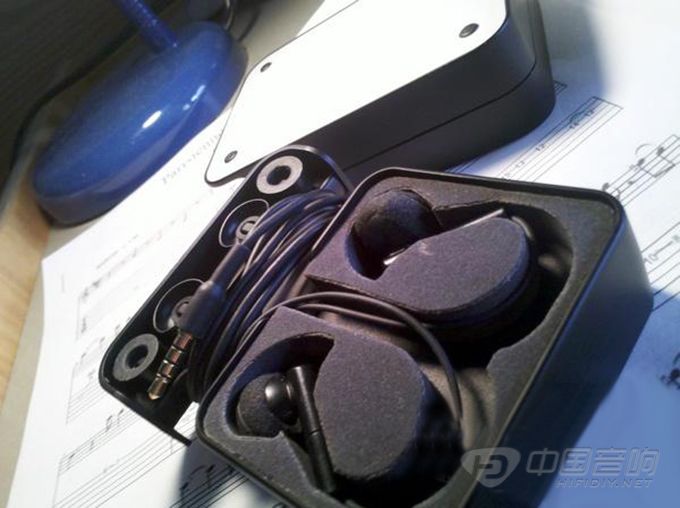
This series of processes is all simulated, and each step will lose some signals. It is naturally far from the audience, not to mention HI-FI (high fidelity). In the digital age, the original signal is recorded as digital audio data, and then processed by hardware equipment or various software. This process is incomparably superior to the analog method because it has almost no loss.

For the machine, this process only deals with the numbers. Of course, there is also the possibility of losing the code, but it will not happen as long as the operation is reasonable. Finally, the digital signal is transmitted to a digital recording device such as a CD, and the loss is naturally much smaller!
Audio logo must know
If we pay attention to the CDs around us, we will see many CDs like ADD, AAD, DDD and so on. The three letters in sequence represent the method used by the film in the three processes of recording, editing, and finished products, whether it is analog (Analog) or digital (Digital). Of course A represents analog and D represents numbers.
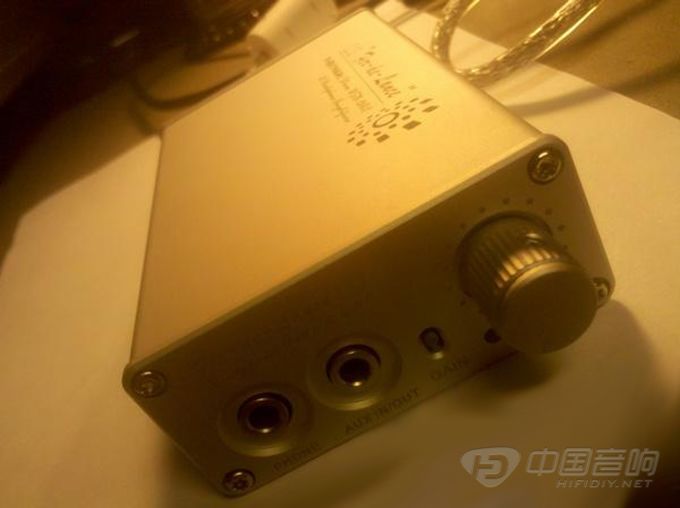
AAD shows that the recording and editing are in analog mode, and the final filming is digital. Most of these records are used to convert past recorded music into CD without any modification. ADD has a modification process. Many classical music masters' performances or conductors are recorded in the analog era. The CDs we hear now are modified and recorded. Many of these records have the mark ADD.

And DDD's record is necessarily a more modern recording. Naturally, the CD film must end with D, and the tape can be considered as AAA, although it seems that there is no such statement.
What is a signal attribute?
Digital audio is a way for us to save sound signals and transmit sound signals. It is characterized by the fact that signals are not easily lost. The analog signal is what we can finally hear. However, the modification in the analog signal recording process is a disaster and the loss is too great.
Have this secluded Glenn? Gould will be stunned if he lives now. And digital audio copying will not be lost 100 times, do not believe that everyone COPY a wav file try?
The most critical step in digital recording is to convert analog signals into digital signals.
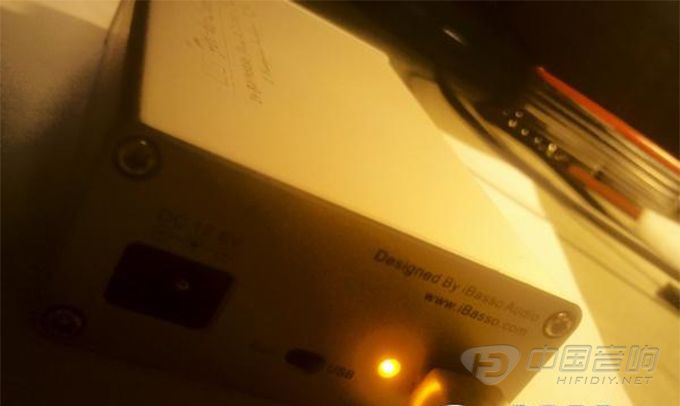
DC Brush Motor is the classic motor that is the first commercially important application of electric power to driving mechanical energy, is widely used in electric products. This type of dc brush motor is readily available in all sizes and shapes , inexpensive, efficient, and especially useful for providing high speed and power in a relatively small package and a rich demand for small efficient, high- and low-torque, and high- and low-power motors in the automotive sector.
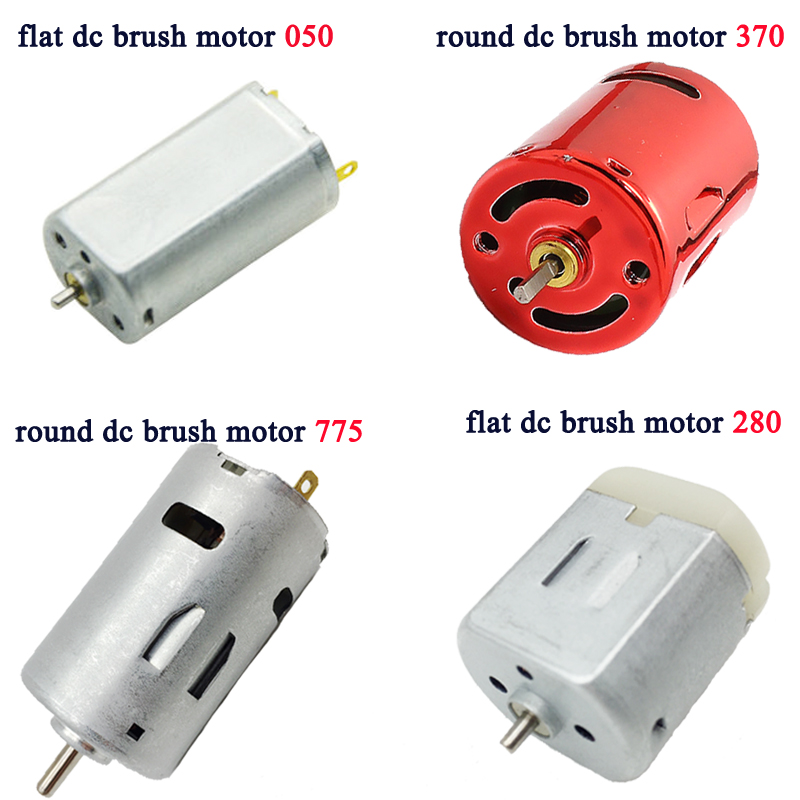
Typical Applications:
Massage equipment, electronic toy, home-equipment, electronic lock, apparatus meter, plane model, game arm, motor parts, brainpower automatic products, medical, robotic, car, electronic toy, home equipment, electronic lock applications,
Have any questions or special needed, please contact us, we have the engineer group and best sales department to service to you
Looking forward to your inquiry. Welcome to our factory.
DC Brush Motor
DC Brush Motor, DC Motor, Brush Motor, Brushed Motor, Brush DC Motor
Shenzhen Gold Crown Micromotor Co., Ltd. , http://www.gcmmotor.com